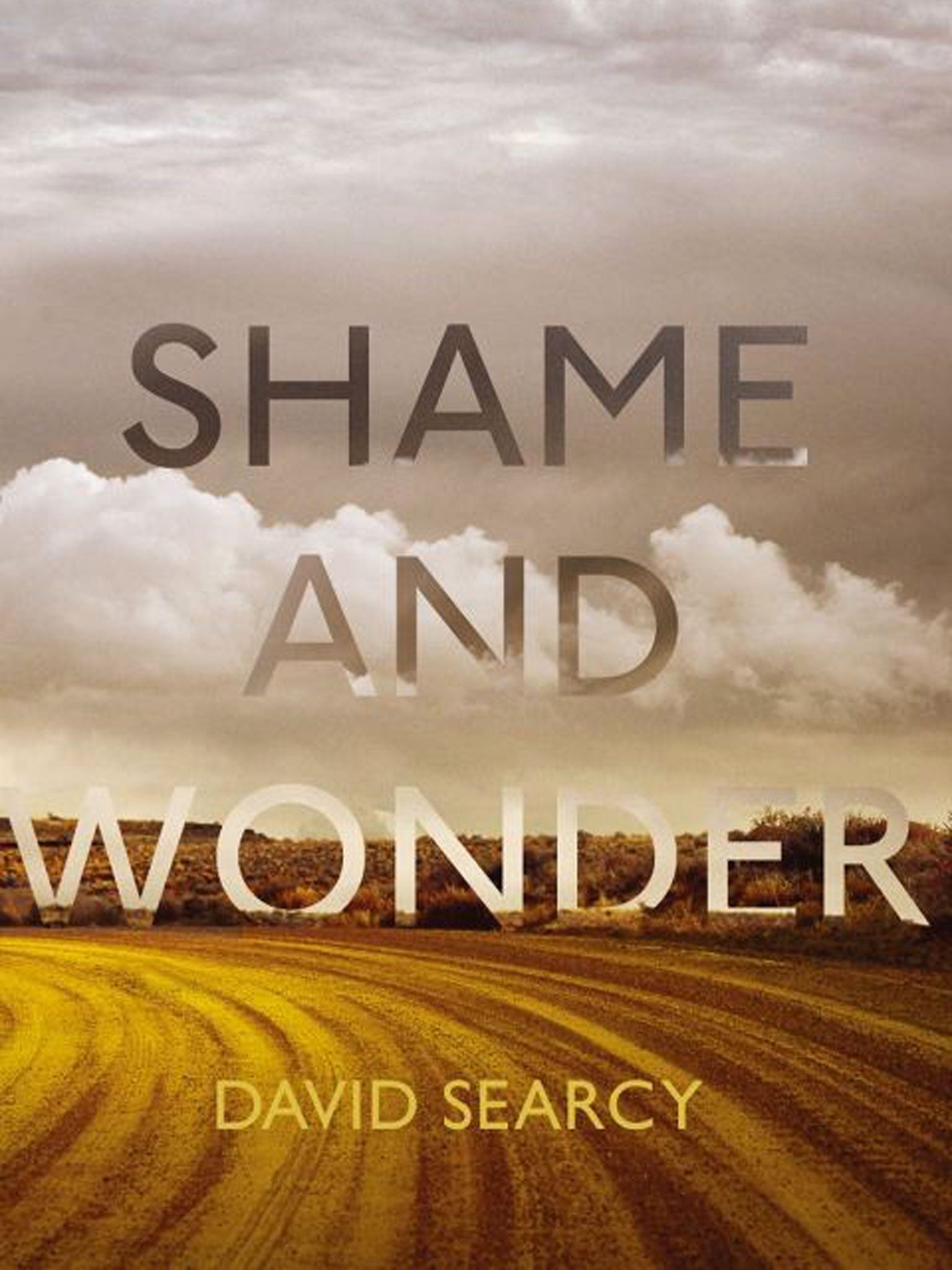Who is David Searcy? He's a Texan author, who published two works of fiction in the 1970s, and is making his non-fiction debut with Shame and Wonder. "It's a thing I seem to do – write past, way past sometimes, the proper endings of things," he states, which is a clue to why, in his late-60s, Searcy began writing the free-wheeling meditations on childhood, landscape, science and other subjects which constitute this book.
Writing "way past" the "ending of things" also hints at Searcy's obsession with infinity. The first of several photographs included here, for example, shows a white dust road, which looks like it goes on forever, and invites contemplation of endlessness the way a Rothko painting does.
It's significant that Searcy wrote some of these essays in longhand. Artworks and artists feature throughout and, at his most lyrical, Searcy is drawing with words, letting his pen take him deep into his memories and to the edges of his consciousness.
"What has this to do with flossing, you may ask," he writes at the end of a visionary digression about 17th-century Nantucket, which arrives midway through an essay that begins with a trip to the dentist. "Well something, surely," he adds.
In the same piece, "The Hudson River School", Searcy's dental hygienist reveals that her rancher father used a recording of his baby daughter's crying to snare the coyote that had been killing his sheep. Eventually, Searcy visits the rancher and listens to his "predator-calling tapes", which include "Mad Crows," "Raccoon Fight", as well as "Baby Crying (Joellen)". There's a photograph of the rancher's wife holding the coyote skin which, if it weren't for her running shoes, might have been taken at any moment since the invention of the camera. This is visceral stuff and, like a hunter setting traps, Searcy uses a verbal system of triggers and echoes to convey to the reader's subconscious something raw and essential about origins.
Not everybody will relish Searcy's cosmic reveries which are occasionally as elliptical as Terence Malick's recent films. But Searcy's shorter essays arrest you with their poetic momentum and their endings feel as startling and inevitable as the last lines in John Berryman's sonnets.
Searcy knows local detail is the key to universality and his reflections on childhood in "Love in Space" leave me ruminating on my own boyhood. "Paper Airplane Fundamentals" could have been cutesy but it soars with Searcy remembering how, when he launched an airplane, "your heart would sort of hang to see it dip and flutter."
Perhaps it's due to his age, the sense of time running out, but Searcy writes with an urgency that makes his essays matter. Where the shame comes in is not certain, but the wonder is that you begin a year having never heard of an author then, two weeks in, his words are lodged in your consciousness and you are telling everybody you know to read his book.
William Heinemann, £16.99. Order at £14.99 inc. p&p from the Independent Bookshop

Join our commenting forum
Join thought-provoking conversations, follow other Independent readers and see their replies
Comments